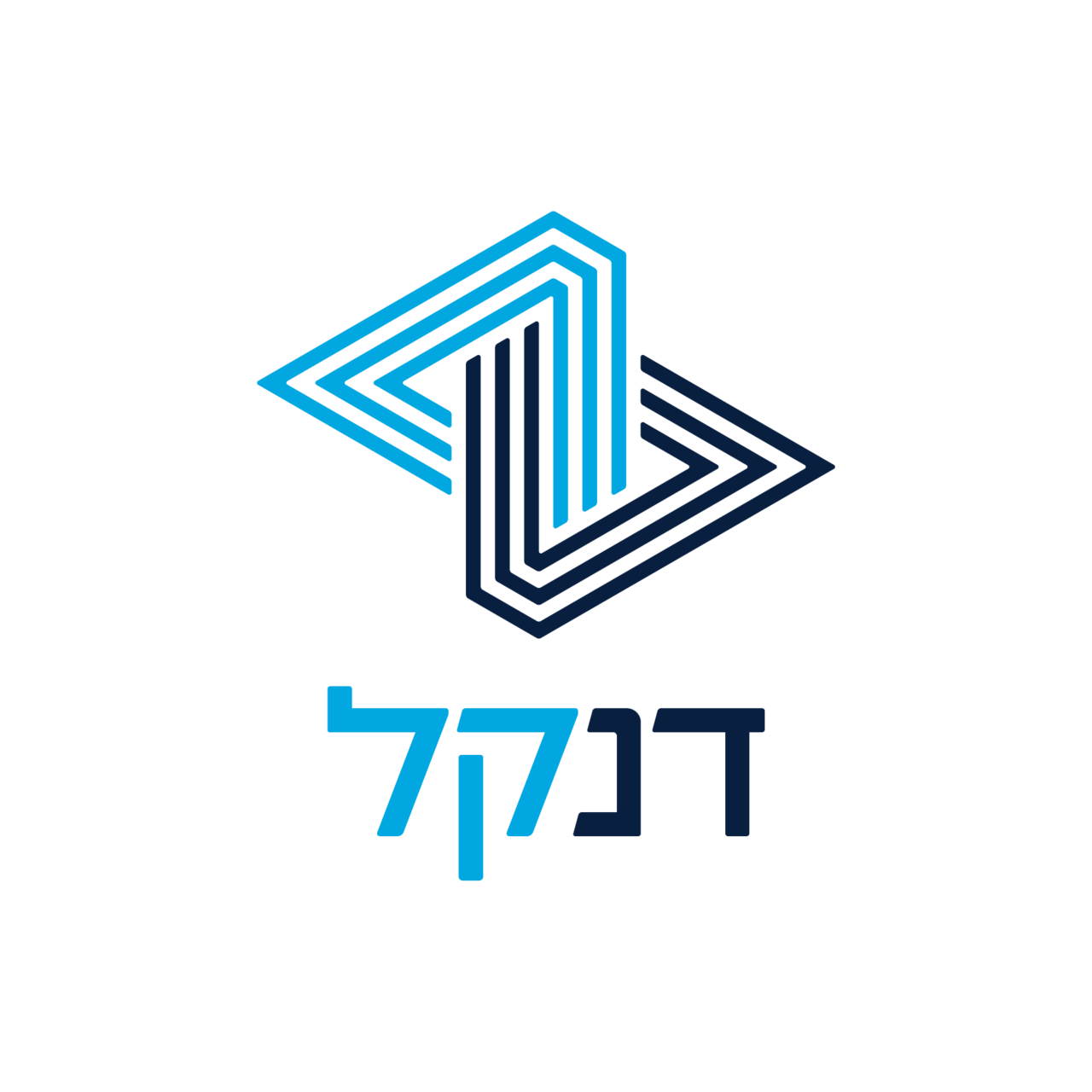

The Red Line is part of the Dankal Light Rail project. This is the first line of a multi-line multi-passenger transportation system (green, purple, blue) that will serve all the residents of Gush Dan. The line will pass through the cities of: Bat Yam, Tel Aviv-Yafo, Ramat Gan, Bne Brak and Petah Tikva.
The Red Line will serve about 80 million passengers each year, and will provide the citizens and visitors of Israel with a level of service of the highest standards. The line is 24 km long, of which 12 km are in an underground tunnel, from the Elifelet portal in Neve Tzedek, Tel Aviv to the Shenkar portal in Petah Tikva, near the Geha interchange, with a split in the direction of Kiryat Arye to Em HaMoshavot station.
The line has 34 stations, ten of which are underground and 24 at street level. The distance between the street-level stations is about 500 meters, and the distance between the underground stations is about one kilometer. The train’s engines are silent and it travels quietly, so it is not a noise nuisance to the environment. At the underground level, the train has an exclusive right of way in the tunnel (no vehicles and pedestrians crossing). At street level, the train moves on an exclusive track and receives priority at the traffic lights, which gives it an advantage and positions it as the most efficient and accurate means of urban transportation available.
The Red Line is managed and operated by Tevel Metro, which employs over 350 professionals whose goal is to provide passengers with a comfortable, accessible and safe travel experience.
Data About the Train
The Light Rail contains two connected cars with a total length of 70 m and a width of 2.65 m. Such a train comfortably holds about 450 passengers; Part of the space has fixed seats, and the other part allows comfortable standing with many grab handles, alongside sitting on folding seats. The cars are accessible to wheelchairs and baby strollers, and in addition, they feature advanced LED lighting, a Wi-Fi network and information screens.
The train has a rounded and modern nose. It is equipped with a complex mechanism of vertical and horizontal shock absorbers that is also adapted for driving in tunnels, which enables a fast, smooth and quiet ride. Traveling in the tunnels also requires strict safety standards: security cameras are installed in the cars that constantly transmit to both the driver’s cabin and the train’s control center. Also, in an emergency, passengers are able to communicate with the driver and the control center through a digital intercom system installed in each car.
electric train
The Light Rail is electric and does not have a separate locomotive. . It has eight engines installed in the cars, and is powered by electricity through an overhead cable along its route. This is one of the great advantages of the Light Rail – it does not pollute the environment. There is another important advantage: the train not only consumes electricity, but also produces it! When the train brakes or travels downhill, it generates energy that is fed back to the electrical system. In this way, the train itself produces about 15 percent of the energy it needs.
Auto Driver
Trains are the only form of transportation that does not have a steering wheel. . It is unnecessary since they travel on rails. Instead of a steering wheel, the train driver has a “stick” to control speed – and it can only be used at street level. When the train travels in a tunnel (where it does not have to merge with vehicle traffic), the speed is automatic and achieved by remote control, in a manner similar to that of metro trains. When the train travels at street level, it is coordinated with the traffic light system and given priority at intersections to shorten travel time.
The Train’s Sandbox
The miracle powder that helps the train stop is not magical at all – it is sand. . In emergency braking, the sand is sprayed onto the track in front of the wheels, increasing the friction between the wheel and the track and helping the train come to a stop.
Accessibility
The Red Line was designed in consultation with accessibility consultants to adapt the train as much as possible to passengers with disabilities, with the aim of contributing to their integration into society in a manner that involves respect, equality and independence. All Light Rail cars are accessible to wheelchairs and strollers. Information is displayed to passengers in real time at stations and cars, which is also accessible to passengers with disabilities.
For more information on the subject, click here.
Ride and Browse
All cars have a Wi-Fi network that is free to use for about 20 minutes, as well as screens that display information about the trip itself and additional varying information. Prefer reading a good book? It is definitely more comfortable with the modern cars’ innovative LED lighting.
Emergency
The train tunnels have an emergency exit every 250 m, and in the event of an emergency in one of the tunnels or on the train itself, there are escape hatches to the parallel tunnel that allows exiting the tunnels safely. In addition, the underground stations are used as an NBC shelter.


